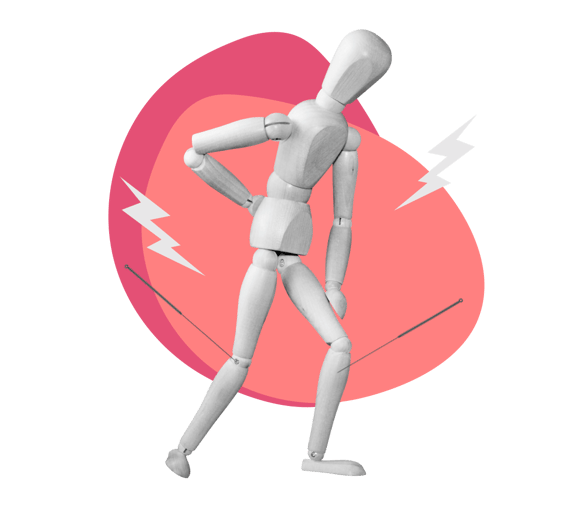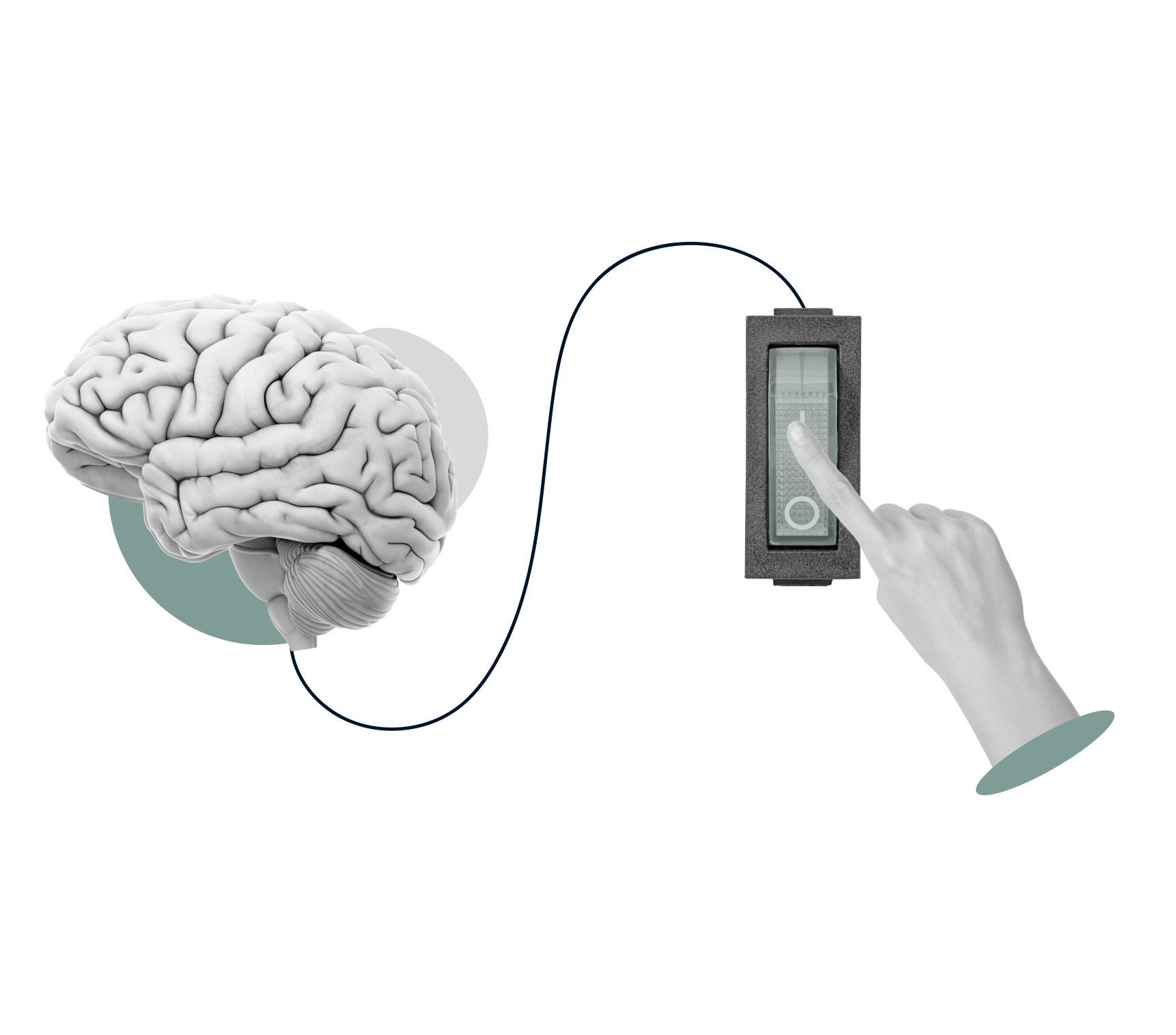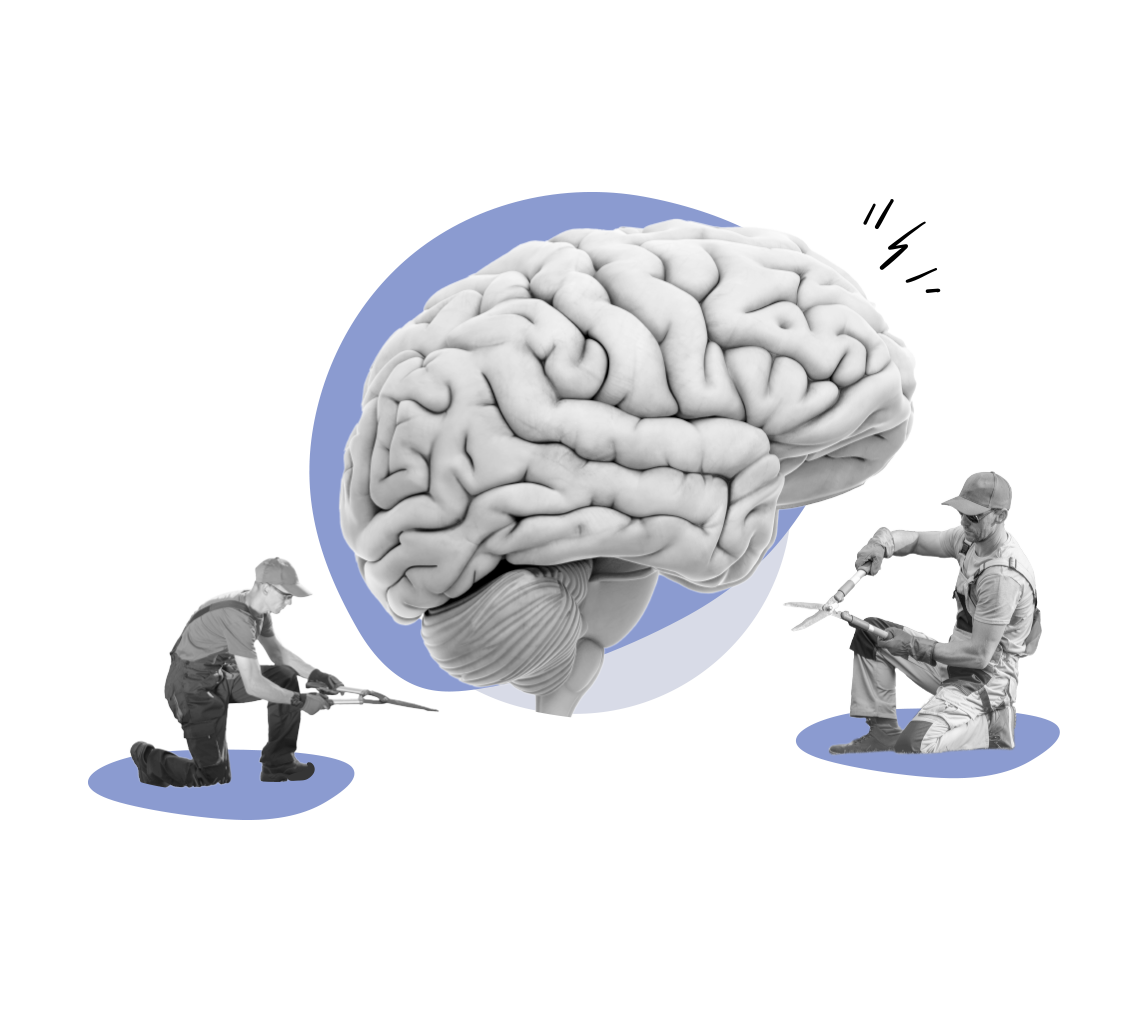Acupuncture for pain management

Acupuncture involves the insertion of thin needles into specific points on the body to stimulate those points and promote healing. According to traditional Chinese medicine, these points are located along pathways called meridians, through which vital energy, known as qi (pronounced "chee"), flows.
Acupuncture is based on the belief that imbalances or blockages in the flow of qi can lead to illness and pain. By inserting needles at specific points, an acupuncturist aims to restore the proper balance and flow of qi, thereby promoting health and alleviating various conditions. Acupuncture is often used as a complementary therapy for pain management.
We spoke to Lumina Sage, Prof. Chester "Trip" Buckenmaier III M.D., Col (Ret). about the use of acupuncture for pain management.
Dr. Buckenmaier III is the founder and former Director of the Defense and Veterans Center for Integrative Pain Management, and the Professor in Anesthesiology at the Uniformed Services University of the Health Sciences.
Dr. Buckenmaier III specializes in Acute Pain Management and Regional Anesthesia Acupuncture and has contributed to the Lumina Primary Headaches and Fibromyalgia Courses.
Lumina Executive Summary: Complementary and alternative medicine (CAM)
There is an increased demand for complementary and alternative medicine (CAM) to be integrated into conventional treatments to cater for patients’ emotional and physical well-being. We have prepared an executive summary for the paper, "Considerations for incorporating CAM into Western medical practices" by A. Woodbury, S. N. Soong, D. Fishman, and P. S. García that presents an overview of CAM therapies commonly encountered by anesthesiologists and pain management practitioners.

